Sydney Opera House (Australia) - building in the style of modern expressionism, symbol of Australia
Where is located Sydney Opera House?
Address of Sydney Opera House is Bennelong Point, Sydney, South Wales, Australia
show on map
When was built Sydney Opera House?
Built date of Sydney Opera House is 1959 - construction begins
1973 - completion of construction
October 20, 1973 - opening
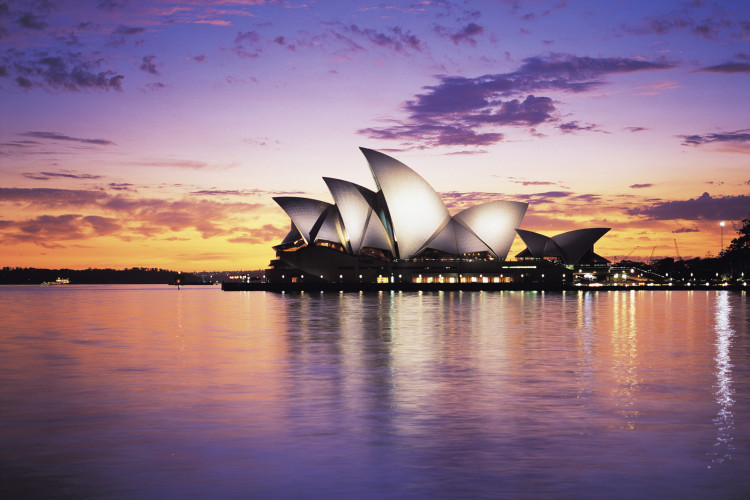
Facts, informations and history of Sydney Opera House
Opera building is an architectural fantasy adapted to the modern era of space travel. It is one of the most famous symbols of Australia.
The winner of the best design competition announced in 1956 was Dane Jörn Utson, his project was selected from 222 projects from 32 countries around the world. As the winner he was awarded 5,000 pounds.
The opera building is 183 meters long and 120 meters wide. The roof, 67 m high, is covered with 2194 sections, each weighing 15 tons.
The skeleton of the roof weighs 161000 tons and supports 350 km of cable. More than a million Swedish anti-fungal ceramic tiles have been laid on "sails" that shine in the sun and do not require cleaning.
In the building there are concrete ceiling vaults supported on steel ribs and 6225 m² of colored glass. There are also the largest curtains in the world, and the largest mechanical organs. The total length of electric cables is 645 kilometers.
There are five halls in the building where theater and ballet performances and concerts take place, there is also a cinema and two restaurants. There are 1,550 people in the opera house, 2,700 in concert theater, 550 in theater, and 420 people in the chamber music hall.
Every week, about 40 performances and concerts take place in the opera. The construction of the huge organs located there took 10 years, they are the largest in the world, they have 10 154 pipes.
The construction of the opera lasted 10 years longer than originally thought.
Initially assumed cost of construction was to amount to 7 million dollars, but its cost increased to 102 million, similarly the construction time, instead of the planned 4 years, the Opera was completed only after 14 years. When the construction costs increased, Utzon (Pritzker Prize winner in 2003) withdrew and completed construction: Peter Hall, Lionel Todd and David Littlemore.
Every year, the opera attracts over 8.2 million tourists, which translates into revenues of one billion dollars. In addition, over 12,000 people find additional work.
The building was opened in 1973 by Queen Elisabeth II, she has visited him four times since then.
Opera is cooled by sea water taken directly from the port. Circulating through a total length of 35 kilometers, it is both heated and used for cooling and air conditioning.
In 2015, the building received 4 stars and an ecological certificate from the Green Building Council of Australia.
The building is open 363 days a year, it is closed only on Christmas and Good Friday.
Sydney Opera was in 2007 inscribed on the UNESCO World Heritage List.
"The Sydney Opera House is a building that will be seen from above, this is the point - you can not design a building of this type without underlining the roof structure, which is why I created something that meets all requirements from a functional point of view. When you think about the gothic church, you can understand what I really intended. The form of the building was modeled on the sphere. The halves of the sphere are harmonizing with each other, the building is therefore balanced."- Jörn Utzon
Architect of Sydney Opera House

How many meters have Sydney Opera House?
Height of Sydney Opera House is 67 meters

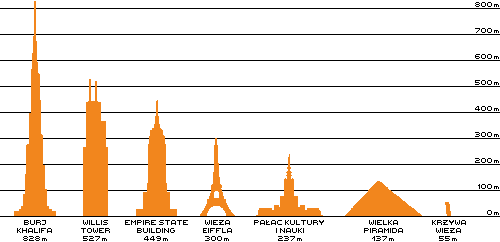
Construction/building type
Building Sydney Opera House is of type Opera house
Architectural style
Architectural style of Sydney Opera House is Modern expressionism
Other dimensions, parameters and frequently asked questions
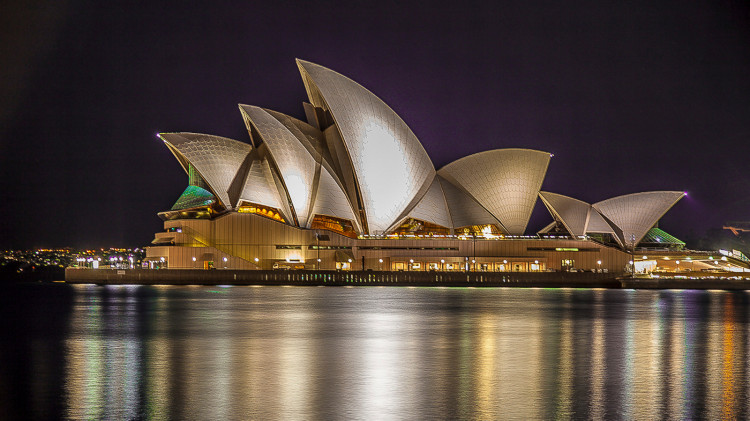
How many meters have Sydney Opera House?
Sydney Opera House have length 185 meters long, 120 meters wide
What area have Sydney Opera House?
Sydney Opera House have area of 1.8 ha
What material is the building made of?
Sydney Opera House is made of the following materials: Steel, concrete, glass
Cost
Build cost of Sydney Opera House is 400 million marks
Other names
The building is also known by other common names or in the original language, i.e. National Opera House
Is the building on the UNESCO World Heritage List?

The listing took place in the year 2007.
Details of the entry are available on the Unesco website at https://whc.unesco.org/en/list/166rev/
Official website
The official website of the building, where up-to-date information can be found, is http://www.sydneyoperahouse.com
Photo gallery Add photo
Location on map / How to get there




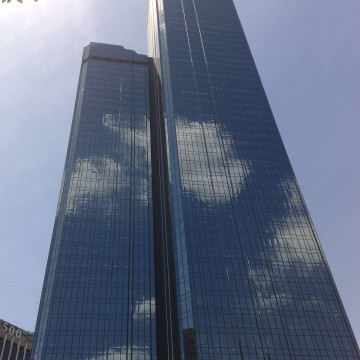





















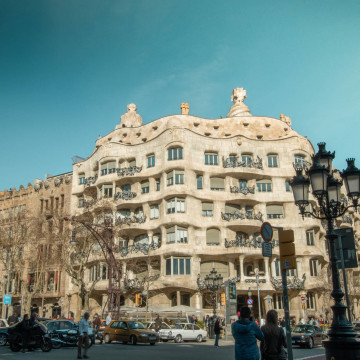


Comments to Sydney Opera House (50) Average rating: 4,0 Add comment / Rate building
Based on 50 comments